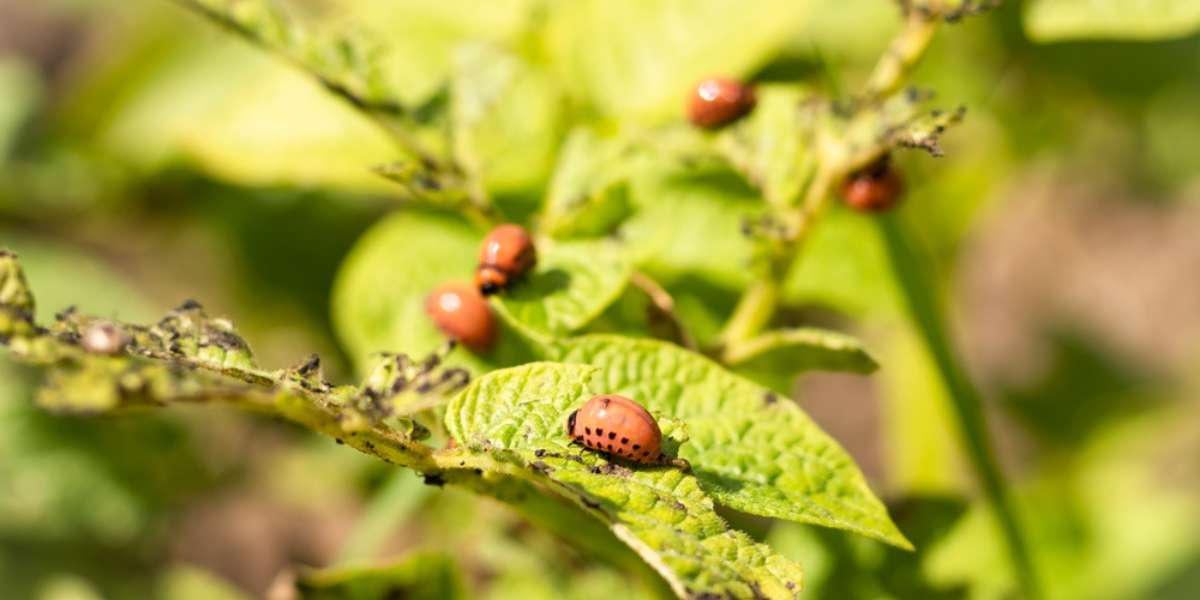Aphids:
- Type: Insect
- Symptoms: Misshapen or yellow leaves, distorted flowers or fruit, sticky “honeydew” (excrement), and sooty black mold
- Control/Prevention: Employ companion plants, use water spray to knock off aphids, apply insecticidal soap, place banana or orange peels around plants, wipe leaves with a 1 to 2 percent dish soap solution every 2 to 3 days for 2 weeks, and introduce native plants to attract beneficial insects.
Black rot:
- Type: Fungus
- Symptoms: Yellow V-shaped areas on leaf edges, browning that progresses toward the leaf center, eventual leaf collapse, and blackened veins on stem cross sections
- Control/Prevention: Eradicate infected plants, opt for resistant varieties, ensure good drainage, remove plant debris, and practice crop rotation.
Cabbage loopers:
- Type: Insect
- Symptoms: Large ragged holes in leaves due to larval feeding, defoliation, stunted or bored heads, and excrement
- Control/Prevention: Handpick loopers, cultivate companion plants to attract beneficial insects, use insecticidal soap or Bt on larvae, implement row covers, and clear plant debris regularly.
Cabbage root maggots:
- Type: Insect
- Symptoms: Wilted or stunted plants, off-color leaves, and larvae feeding on roots
- Control/Prevention: Utilize collars around seedling stems, monitor adults with yellow sticky traps, employ row covers, eliminate crop residue, till the soil in the fall, and rotate crops.
Cabbageworms:
- Type: Insect
- Symptoms: Large ragged holes or skeletonized leaves, bored heads, dark green excrement, and yellowish eggs laid on leaf undersides
- Control/Prevention: Handpick worms, use row covers, cultivate native plants to attract beneficial insects, employ companion plants such as thyme, and utilize Bacillus thuringiensis (Bt).
Clubroot:
- Type: Fungus
- Symptoms: Wilted or stunted plants, yellow leaves, and swollen or distorted roots
- Control/Prevention: Remove infected plants, solarize the soil, maintain a pH of around 7.2, disinfect tools, and rotate crops.
Downy mildew:
- Type: Fungus
- Symptoms: Yellow angular spots on upper leaf surfaces turning brown, white or purple cottony growth on leaf undersides, distorted leaves, and defoliation
- Control/Prevention: Eliminate plant debris, select resistant varieties, ensure proper air circulation, and avoid overhead watering.
Flea beetles:
- Type: Insect
- Symptoms: Numerous tiny holes in leaves
- Control/Prevention: Implement row covers, apply heavy mulch, and introduce native plants to attract beneficial insects.
Stinkbugs:
- Type: Insect
- Symptoms: Yellow or white blotches on leaves, scarred, dimpled, or distorted fruit or pods, shriveled seeds, and cluster of keg-shaped eggs on leaf undersides
- Control/Prevention: Dispose of crop residue, handpick bugs (wearing gloves as they emit an odor), eliminate eggs, spray nymphs with insecticidal soap, use row covers, weed, and till the soil in the fall.
White mold:
- Type: Fungus
- Symptoms: Pale gray “water-soaked” areas that enlarge with white, cottony growth, eventually with black particles, bleached areas, and wilted or collapsed plants
- Control/Prevention: Remove infected plants, ensure proper air circulation, water in the morning, weed regularly, destroy crop residue, and practice crop rotation on a 5-year or longer cycle.




